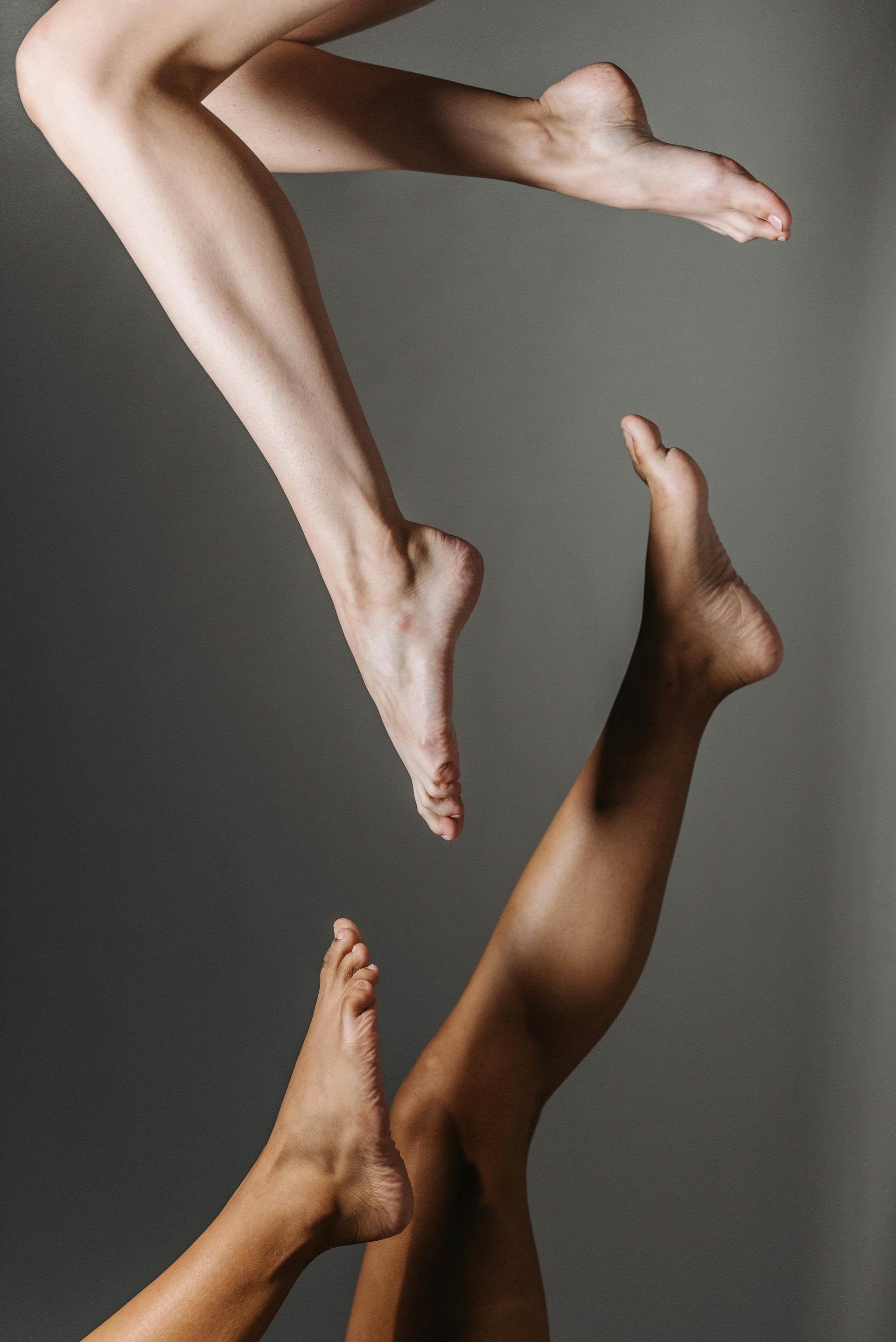As previously mentioned, there are people who present both skin types — dry and oily — which means, they have combination skin. These people have something called a T-zone, meaning that if you drew a T shape across your face, the skin inside the T would be oily, but skin on the outside of it would be dry.
While normal skin is probably the rarest type, combination, on the other hand, is the most common one. It can be due to genetics, wrong or bad skincare products, stress, lack of exercise, sun damage, and other factors. The main difference between normal skin and combination is that normal skin will feel and even appear more even, when it comes to the skin tone and texture. And, of course, it will be more balanced — neither too oily or dry.
Here are some of the characteristics of combination skin:
- sensitive cheeks;
- oiliness develops very quickly;
- moisturiser works well on the cheeks, but not on T-zone;
- difference in pore size across your face;
- flaky scalp;
- acne and dryness can appear at the same time;
- skin changes with the seasons.
On the bright side — even if you have a combination skin at the moment, it doesn’t have to mean that you’ll have it forever. There are plenty of ways to treat it, and most people only need small adjustments in their daily routine.
Specialists usually suggest exfoliating and using gentler cosmetics products. On top of that, you need to exercise and eat more healthily, so your skin cells can get enough oxygen and nutrients. And if you’re prone to stress, then, of course, you need to consider how to relax more often.




